Gardens in bloom at the Governor's Palace.
Colonial Williamsburg, May 2012
We arrived Thursday evening just in time to grab some dinner, pick up our tickets, and run over to the Kimball Theatre for a performance of The Walking Statue, or The Devil in the Wine Cellar. Once again, the theatrical cast provided an extraordinary performance full of humor and fun. How can you not enjoy an 18th century play? The audience also performed quite well, providing boisterous "Huzzah!"s and many well-timed "Encore!"s.
On Friday, we enjoyed the warm weather, strolling on the shady sidewalks to do some shopping. You know Rebecca couldn’t resist the opportunity to buy more fabric! And I couldn’t resist the opportunity to visit with Mr. Jefferson and Mr. Barker in the St. George Tucker House! As always, the room was full and we all engaged in a wonderful confab. That afternoon, we paid a visit to the recently reconstructed blacksmith and armoury buildings. In the kitchen, we learned about the simple meals that would have been prepared for the large number of men working in an armoury business like the one portrayed here. Outside, the beehive oven was taking care of some delicious bread! The main building of the site was very crowded at the time, so we took a quick glance in. After following the progress of this project, it was neat to see it completed and to look for all of the different aspects that I learned about through the reconstruction blog.
The Anderson Armoury site with the kitchen (left) and main building.
Colonial Williamsburg, May 2012
Anderson Armoury Kitchen
Colonial Williamsburg, May 2012
Using the beehive oven at the Anderson Armoury site.
Colonial Williamsburg, May 2012
Blacksmiths work inside the newly reconstructed Anderson Armoury.
Colonial Williamsburg, May 2012
Friday evening was one of my "main events" for this visit. Wolf by the Ear: Thomas Jefferson and the Pursuit of Freedom was a special program being presented in conjunction with this weekend's Civil War themed events. I believe it was originally produced for a performance at the Chautauqua Institution and am not sure if there are plans to repeat it at CW in the future. The program takes place in 1820 and opens with Mr. Jefferson anxiously waiting to hear if Missouri will be brought into the union as a slave or free state. As he reflects on such defining moments in history, the audience watches his reminiscences play out. We heard Patrick Henry and Edmund Randolph debate about ratifying the Constitution, and also listened to the thoughts of Henry Clay. Jean Jacque Dessalines, leader of the Haitian Revolution also spoke, rallying his troops towards freedom. In the end, as history will tell us, Missouri was admitted as a slave state, dividing the union further. The story of this critical decision was told with such passion, not just through the words of these founding fathers, but also through the talents of these very talented interpreters. It was an immensely moving performance and I have to admit that I was in tears as everyone joined in singing the Battle Hymn of the Republic at the end.
Mr. Jefferson discusses some issues in the early years of the United States.
Colonial Williamsburg, May 2012
We were able to catch a few scenes of Revolutionary City over the course of our stay. Saturday's scenes were chosen from the usual Rev City repertoire to compliment the Civil War weekend. Although the events were based on those of the late 18th century, the topics and issues were still relevant to the time leading up to the Civil War. "Promises of Freedom," the scene depicting Dunmore's Proclamation, touched on the hardships and uncertainty that slaves faced on the eve of the Revolution. George Washington and Thomas Jefferson spoke in front of Raleigh Tavern about some difficulties in the early republic and the threat of disunion. Just before Saturday's Rev City, some dark clouds started to hover over the historic area. We didn't want to miss anything though, so we grabbed our umbrellas and hoped for the best. When Washington and Jefferson had completed their speeches, they stepped off the stage to engage in an informal question and answer session, and although the raindrops were starting to fall, I didn't want to miss it. We all huddled under our umbrellas to listen until the presidents (and all of us listeners!) were thoroughly soaked through.
President Washington announces he will not run for a third term.
Colonial Williamsburg, May 2012
I stayed on Monday afternoon to see some more Rev City and to catch the opportunity to say hello to an old friend. If you have not heard, CW has revamped their daytime program once again and I believe it will debut on June 18th. When Revolutionary City was first integrated into the CW interpretive programs, I was a little apprehensive to see stages and microphones all over the historic area and I felt that the scenes were too scripted. Over the years, as I've observed visitors absorbing the history lessons through the Rev City scenes, I've come to appreciate it as a great teaching and learning tool. After all, how do you overcome the challenges of reaching such a large group of visitors, who all come with different backgrounds and assumptions, within the length of their stay and over such a large geographical area? (In case you don't know, historic interpretation fascinates me. I can go on and on sharing my thoughts on effective interpretation... perhaps that will be another topic for another day.) As I understand it, the new program will still have "scenes," but they will be dispersed throughout the day and will encompass more of the historic area. Each day will represent a specific day in history, so whether you are talking to the blacksmith or Mrs. Randolph, everyone will be "living" the same "day," discussing the same issue or events at hand. This method sounds similar to the pre-Rev City days, so I am very excited to see this new interpretation in action!
Colonial Williamsburg, May 2012
During our visit, we also enjoyed an afternoon musical program at Raleigh Tavern, as well as a brief dance lesson. We also met with Edith Cumbo in a walking tour called "Her Enduring Spirit." If you have never seen this program, I highly recommend looking for it the next time you visit CW. Ms. Cumbo was a free African American resident of Williamsburg. Her stories are fascinating and told with such spirit! We also stopped in at the Governor's Palace kitchen on Saturday to take a peek at the process of brewing beer in the 18th century. And, finally, we spent some time examining Richard Newsham's fire engine at the DeWitt Wallace, which was accompanied by a display about fire fighting in the 18th century; it was a very interesting piece of history that is rarely heard about.
For some additional photos from this visit to Colonial Williamsburg, please take a look at our flickr set.


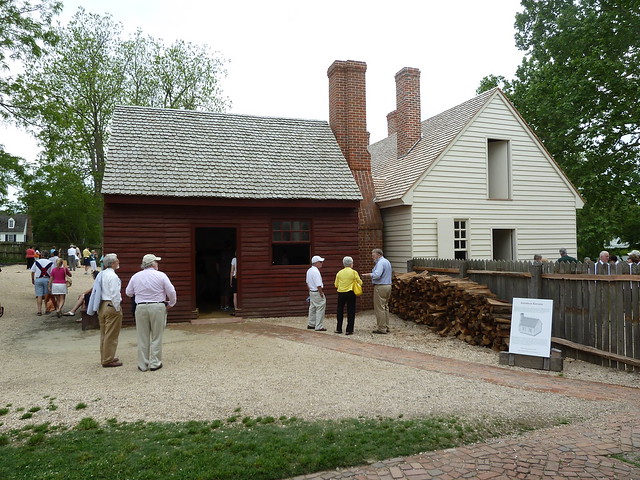
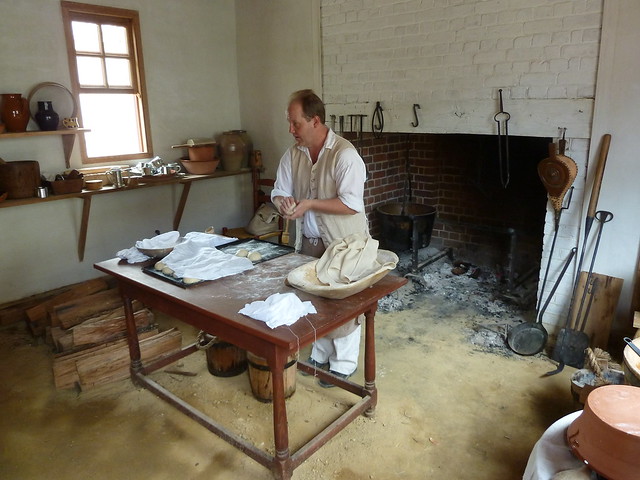
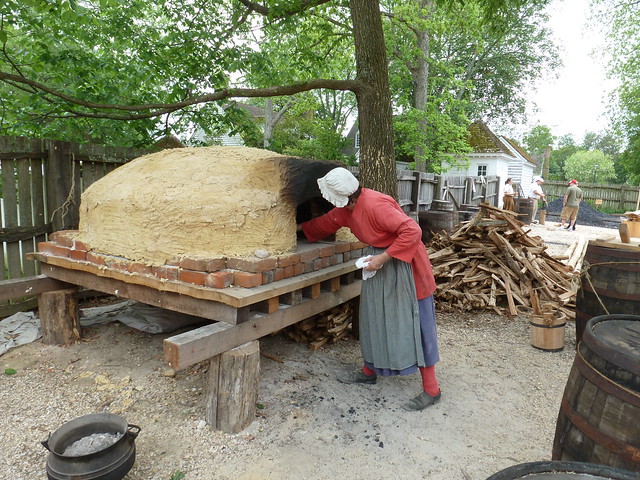

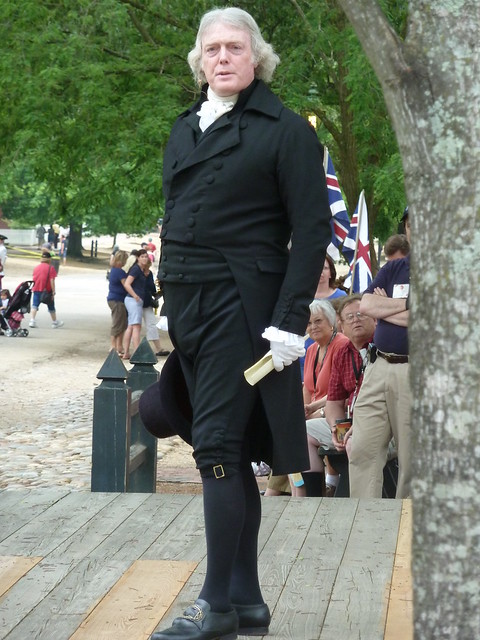

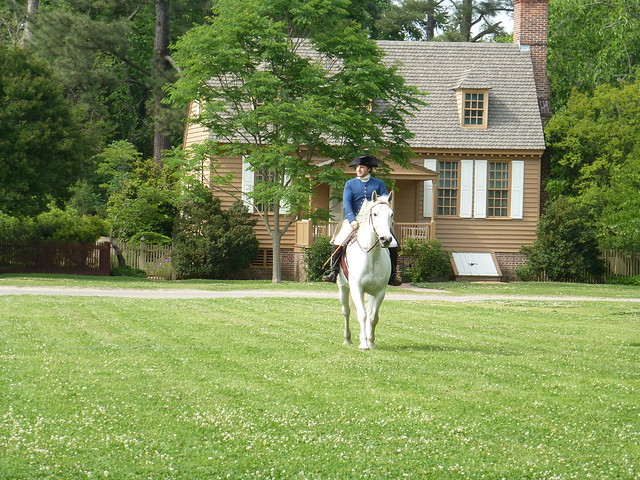
1 comment:
سيارات نقل عفش
افضل طريقة لنقل العفش
النقل من شقة لشقة
Post a Comment